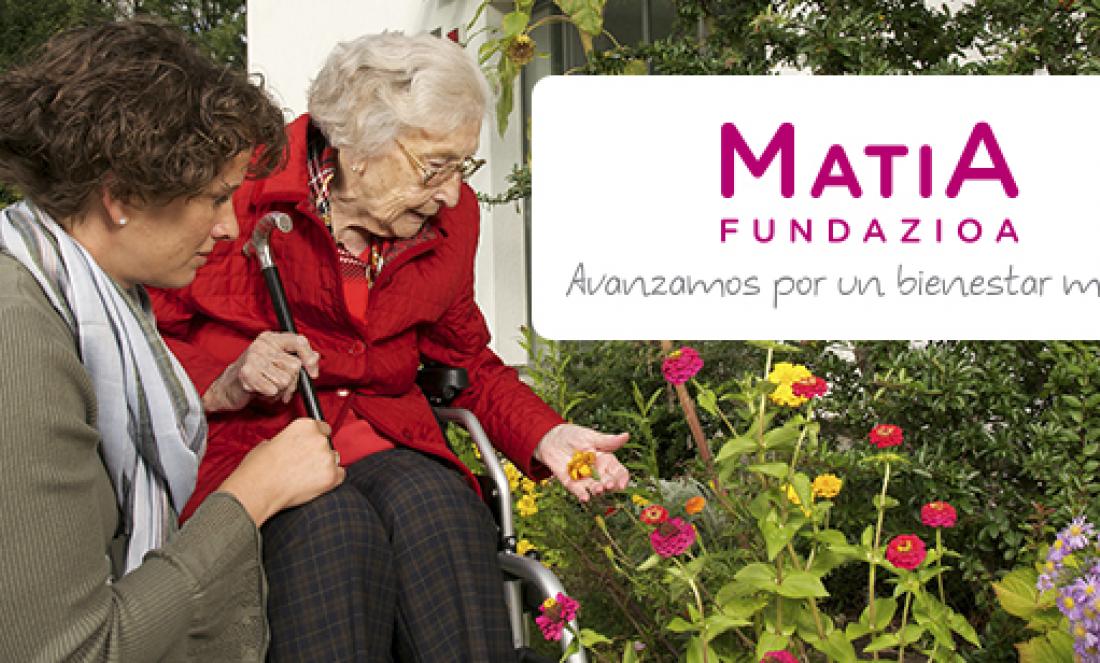
Person-centred care model. Practical notebooks. Notebook 11. Daily Life. Personal Care
When we take care of a person in a situation of dependency we become part of their daily life. We become their support in many activities that they used to carry out on their own, entering fully into their intimacy.
We created a very delicate relational space. For this reason, the way in which we provide personal care is decisive in making the person feel good, despite needing help. It is not only important to carry out each task with technical correctness but also to pay attention to how the person feels and to know how we can promote autonomy and independence in each situation.
Person-centred care seeks quality personal care. The quality of life is enhanced by the subjective well-being and opinion of the person, but without neglecting the technical quality of care.
Care must be taken by promoting autonomy in daily life. To enable people to have control over their daily affairs. We achieve this if we give opportunities to choose while supporting the person in their daily life activities, if we respect and make possible those choices. The reference professional has an important role in all this. Because he or she knows the person well. Who remains attentive to their needs. To the small important things that allow each person to feel that they are in control of their space and their daily life.
When we care for people in a situation of dependency, there are situations in daily life that involve greater risks, for themselves or for other people. This is the case of free wandering for people at risk of falling, or when those with cognitive impairment want to go outside the centre on their own. We need to take care by promoting independence, encouraging and supporting people to carry out their daily activities as independently as possible. Providing accessible and safe environments.
The external image gives a lot of information to others about how we are and how we are. That is why when we help other people in their personal arrangement it is essential to take care of their appearance. Achieving that their external image responds to their own style and taste. Because as we see ourselves, we feel ourselves. And recognizing yourself, looking good... always encourages!
The loss of abilities usually generates suffering in those who suffer them. These are very important moments to know how to "be there" and demonstrate our professionalism. Listening; seeking support to compensate for the loss; supporting and stimulating and giving the person time to adapt to the new situation are often strategies that help to adjust to the new situation.
When we care for people we access information of a very private nature. Not only data, but a lot of information given verbally of a personal nature. And that, therefore, is confidential. Confidentiality for people is a right. For professionals this right becomes an obligation: that of professional secrecy. Our status as professionals obliges us to respect confidentiality in people's private affairs. What they tell us or what we know because of our work cannot be told to others who are not part of the circle of confidentiality.
We must be prudent and conduct ourselves with discretion and respect for the people we care for.
Click here to download Booklet 11 (The file is in Basque and Spanish)
Visit the other related entries:
Booklet 1: Model of Person-Centred Care. Practical notebooks. Notebook 1. Person-centred attention: What does it consist of?
Notebook 2: Model of person-centred attention. Practical Workbooks. Notebook 2. Person-centred attention: How to put it into practice?
Notebook 3: Model of person-centred attention. Practical notebooks. Notebook 3. How and where I want to be cared for. Person-centred care, a new model of care.
Notebook 4: Person-centred attention model. Practical notebooks. Notebook 4. Professionals New Roles and Attention Teams.
Notebook 5: Model of Person-Centred Care. Practical notebooks. Notebook 5. The Professional of Reference in Centres.
Booklet 6: Model of person-centred care. Practical Workbooks. Notebook 6. Coexistence units for people who need help.
Notebook 7: Model of person-centred care. Practical notebooks. Notebook 7. Knowing the person and supporting their self-determination. The care and life plan
Booklet 8: Model of Person-Centred Care. Practical notebooks. Notebook 8. Knowing the person and supporting their self-determination. The support and consensus group
Booklet 9: Model of Person-Centred Care. Practical notebooks. Notebook 9. Daily Life. Carrying out activities
Booklet 10: Model of Person-Centred Care. Practical notebooks. Notebook 10. Daily Life. Relations with others

Add new comment